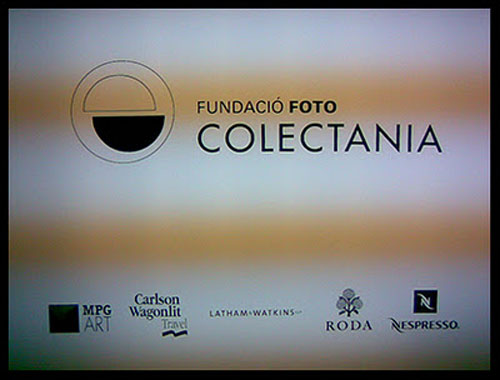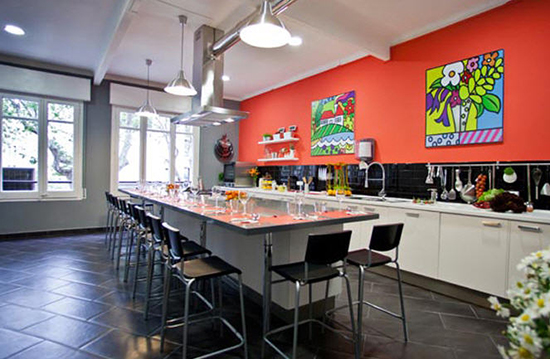Last posts
Indirect Style in Barcelona
On the 10th of November, Barcelona Fotocolectania Foundation will display an exhibition called indirect style that exhibits photo essays that come together with stories that are related to historical events, told in an indirect way. The sample is a nice search through the stories and photo essay of the past to build a symbolic memory of certain moments. This exhibition is curated by Martí Peran presents the works of David Maljkovic, Chris Mottalini, Adria Julia, Thomas Steinert, Eve Sussman, Jordi Colomer, Javier Peñafiel and Peter Piller. David Maljkovic was born in Rijeka, Croatia in 1973. His work is an architecture that displays images in collages and installations about a traumatic time, as the war in the Balkans. His work focuses on the memory and collective amnesia and its influence in shaping the future. Currently his work is one of the best known in Europe and participated in major exhibitions worldwide. Chris Mottalini was born in Buffalo, Colorado. He studied a Bachelor in News Editing at the University of Colorado and has worked in photography since 2000, building interesting series about the decline of modernity. Among some of its famous series, is the decay of the buildings by architect Paul Rudolph, Dean of Yale University, who was known for its complex spatial designs made in rough concrete with almost brutal textures, which were part of modernist architecture ill-suited to American tastes. Adrià Julià is one of the most interesting Spanish artists of the international art scene. This Catalan artist is based in Los Angeles, California. In his video installations, he builds interesting stories that speak of the colonization projects of... read moreYellow Cab New York
YellowCabNYC, through its online website, holds an impeccable service where you can calculate your fare in advance.
read moreCannabis Cup in Amsterdam
Drug consumption remains a hot topic, whether we’re talking about governments trying to suppress that consumption or advocates of the legalisation of drug use. While some countries like the United States strive to discourage the use of drugs, and other countries try to cut production, the drug cartels continue generating millions of dollars and are often connected in some way to the governments of these same countries. The idea of legalising drugs frightens Western governments for a variety of reasons, one of which is because to do so could grant drug-producing countries like Colombia or Peru powerful economies, catapulting them into developed-country status. We should remember the opium wars of the late nineteenth century as an example of the way governments’ policies on drugs have evolved over time. The many stories about LSD in the 60´s, the tradition of the Beat poets, The Doors of Perception by Aldous Huxley and Space Rock, all form part of an ongoing discourse between art culture and drug use. But as well as inspiring revelations, drugs can be blamed for stifling opportunity and action: Much has been said about the fact that an entire generation in the 60s was made too numb by LSD to create a real revolution. On a more frivolous note, the Cannabis Cup is back this year, which is great news for all fans of high quality marijuana. This event started back in 1987, making this the 24th edition. It will be held, as always, in the Dutch capital, Amsterdam, where laws regarding drug use are more flexible than in most other places. Founded by Steven Hager, the Cannabis Cup is a... read moreRANKINGS
Do you want to know the best cities to escape for gastronomy? We will tell you!
VERSUS
Showdown: pure and simple. Comparison is the best way to make a decision.
TRAVEL TIPS
Travelling means many things. We will provide you with all you need. Don’t miss anything.
Changes, progress and achievements. Only-apartments daily.
Promotions

 English
English Français
Français Deutsch
Deutsch Italiano
Italiano Español
Español

































